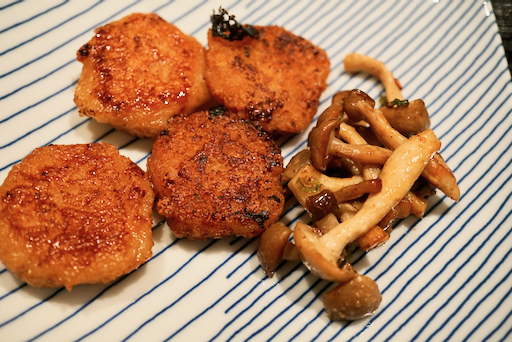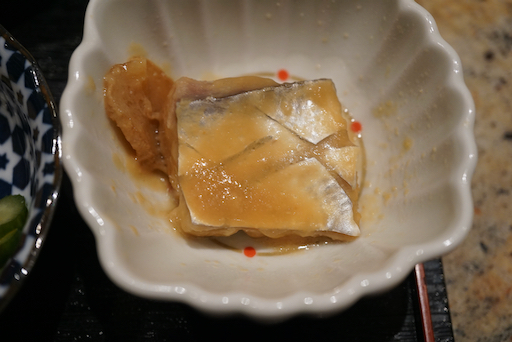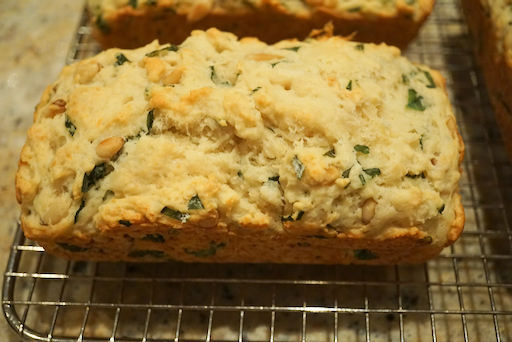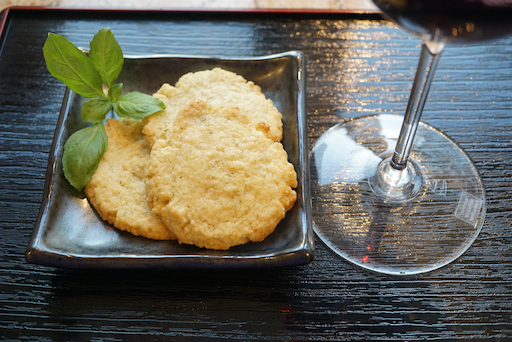We have gotten several
"Special" kaiseki boxes 特別会席弁当 from Sushi Taro which we enjoyed immensely. This time because of a large catering job in which Chef Kitayama was involved, they could not provide us with a "special" version but a "regular" kaiseki box was available. Since we never had a "regular" kaiseki box we went ahead and ordered it. This was quite good but also quite different from the "special" kaiseki box we had been getting. Everything comes in elegant one-time-use paper boxes and plates which closely emulate Japanese lacquer ware boxes and china dishes as you can see below. In contrast to the special Kaiseki, instead of all kinds of little different dishes, this one focused more on sashimi and sushi. Each of the two boxes were identical and each contained 4 pieces of sashimi, as well as 9 nigiri plus one half “negitoro” roll and one half rainbow roll equaling the equivalent of one whole roll . The kaiseki part of the box contained 3 dishes.
The Sashimi assortment was composed of "akami" red meat of wild bluefin tuna, flounder, arctic charr and sweet shrimp, all excellent in taste and quality.
One of the 3 kaiseki dishes shown below was "Goma-dofu" 胡麻豆腐 sesame tofu topped with blue crab and "ikura" salmon roe and I think small cubes of "ankimo monkfish liver. This was lovely with a smooth texture and the salmon roe and monkfish liver really added an elegant touch.
Another was shrimp cream croquette in lobster sauce which also contain small chunks of crunchy cauliflower accompanied by crunchy deep fried sweet potato and "renkon" lotus root. There is no way one could go wrong with this crowd pleaser. What is not to like about the smooth creamy texture and sweet taste of crab wrapped in golden crunchy crust accompanied by crunchy renkon and sweet crunchy sweet potato?
Grilled miso-marinated "Gindara" 銀鱈 sable fish or black cod topped with mushrooms and chestnuts. This one was "off the charts". The fish was succulent, melted in the mouth and was covered with a wonderful sauce surrounded by complementary mushrooms.
The sushi section of the box shown below included Nigiri-zushi 握り寿司 included ikura, Maine uni, "anago" sea eel, "aji" horse mackerel (upper row, left to right), "kohada"gizzard shad, bluefin tuna "chutoro", " madai" Japanese snapper, King salmon, and kampachi (middle row, left tp right), Negitoro roll and rainbow roll with spicy tuna in the center (bottom row, left to right). All of it was excellent. It was also quite a substantial meal. No one would walk away from this hungry; it would satisfy even the heartiest eater in the crowd. (remember we got two sets of this since we ordered boxes for two which is a minimum order).
The regular kaiseki box is quite different from the special kaiseki box but we really quite enjoyed it. Nonetheless, although it is a bit more expensive, our absolute favorite and top choice remains the "tokubetsu" or special kaiseki box. The regular Sushi Taro kaiseki box, however, would, definitely be the next runner-up.

























